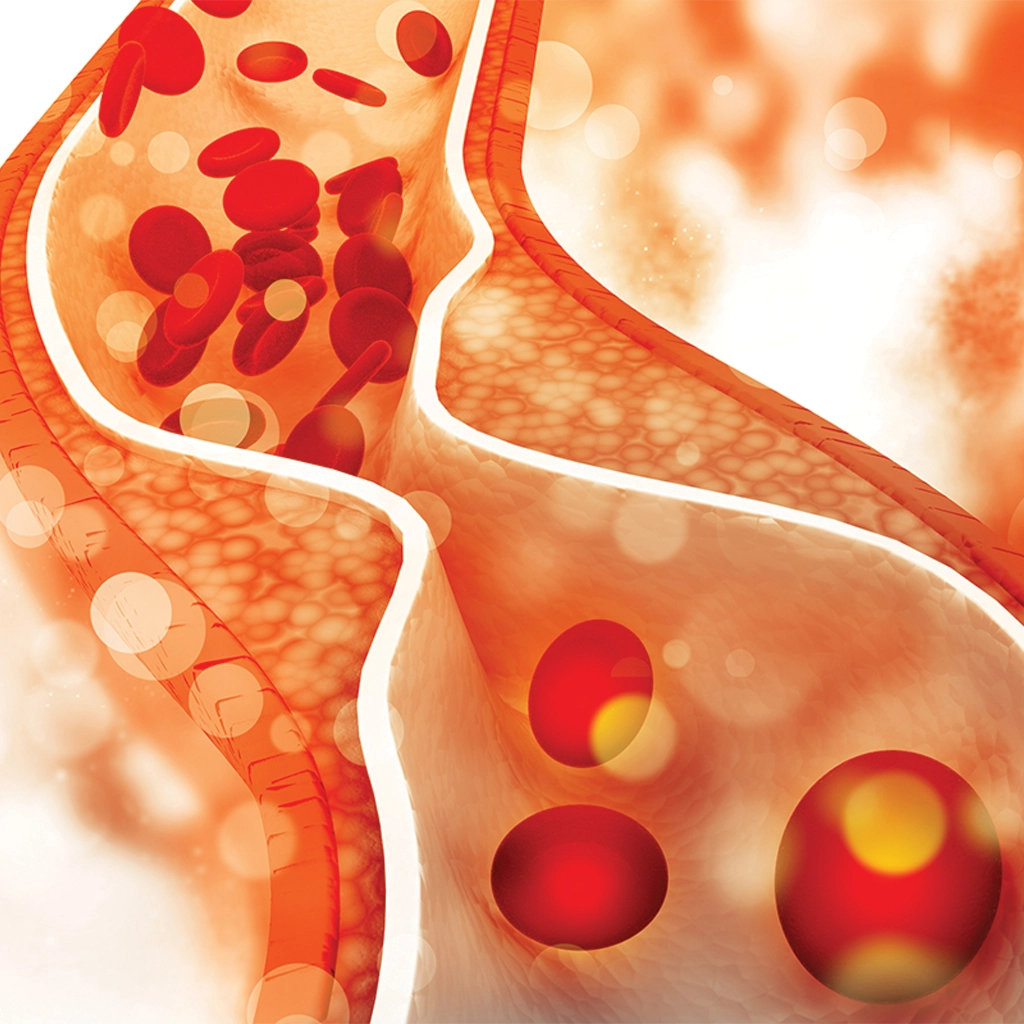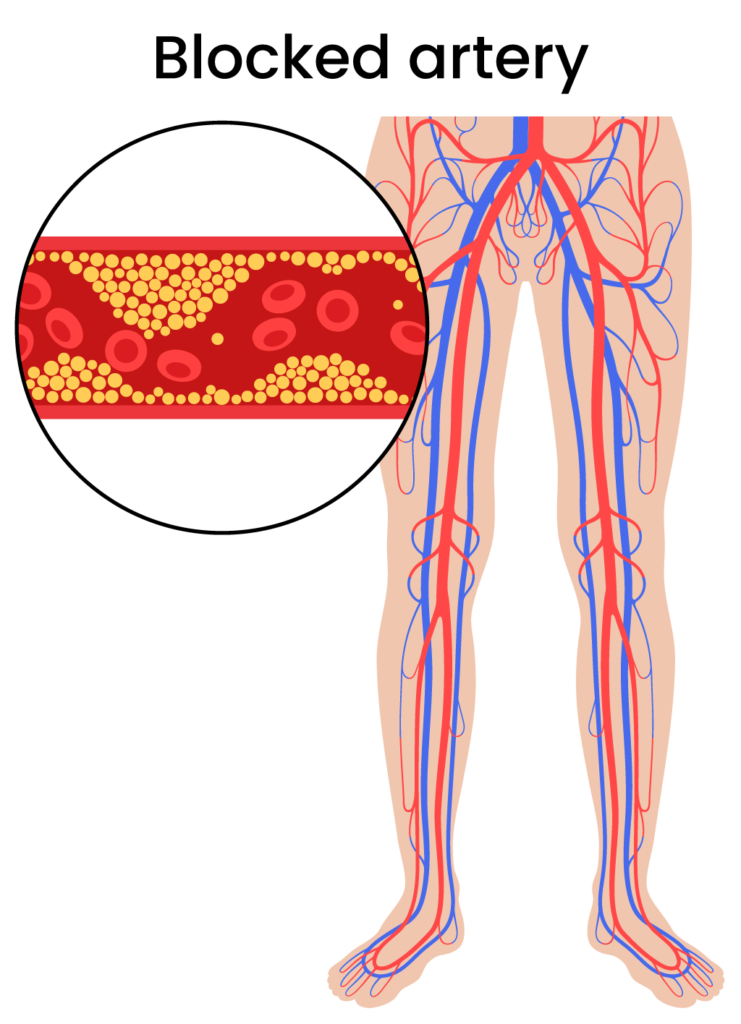Peripheral Vascular Disease
Peripheral vascular disease refers to a condition caused by abnormalities in the arteries and veins in the body’s extremities—the arms and legs. It most commonly occurs in the legs, where conditions like peripheral artery disease (restricted blood flow through the arteries) and deep vein thrombosis (a blood clot in a deep vein within the leg) may be present.
What is “claudication?”
Claudication is pain caused by too little blood flow to muscles during exercise. Most often this pain occurs in the legs after walking at a certain pace and for a certain amount of time — depending on the severity of the condition.
The condition is also called intermittent claudication because the pain usually isn’t constant. It begins during exercise and ends with rest. As claudication worsens, however, the pain may occur during rest.
Claudication is technically a symptom of disease, most often peripheral artery disease, a narrowing of arteries in the limbs that restricts blood flow.



